This is a possible itinerary for the offshore passage from Spain to the Canaries. Sailing offshore is a genuine adventure and as such, the exact timings and route will be determined by the weather at the time. This is an example of a common itinerary for this route.
Pre-Departure Preparation in the Spanish Rías
Before we venture into the open Atlantic, we’ll spend our first couple of days in the serene and stunning Rías Baixas. These fjord-like inlets are a sailor’s paradise, offering ideal training grounds and the chance to fine-tune skills. Here, you’ll take part in rigging checks, provisioning, and safety briefings, while enjoying the breathtaking coastal villages, local seafood, and quiet anchorages. Whether honing navigation techniques or practicing sail trim in more sheltered waters, these days will build the confidence needed for the offshore leg.
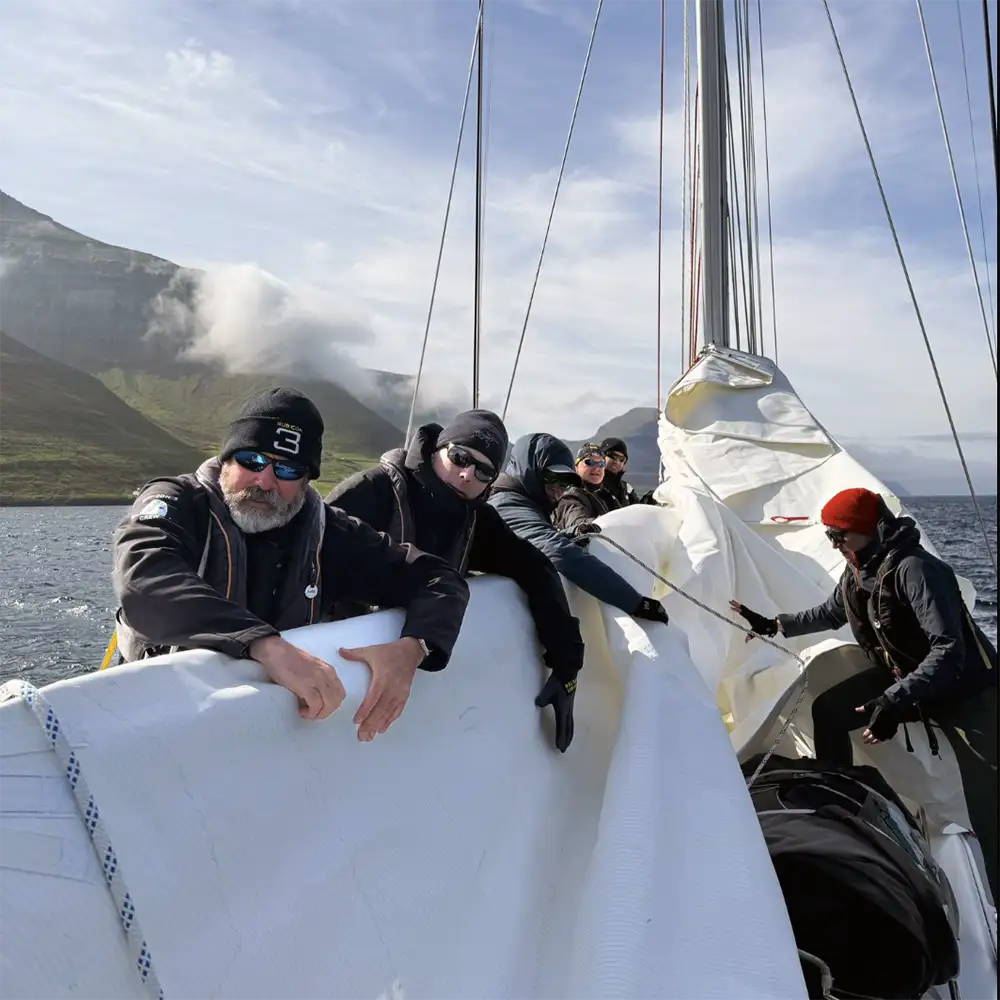
Islas Cíes
Located just off the coast of Vigo, the Cíes Islands are part of the Atlantic Islands of Galicia National Park and are often referred to as the “Galician Caribbean.” The islands offer us a beautiful anchorage, pristine beaches like Playa de Rodas (often ranked among the best in the world), and crystal-clear waters perfect for a swim.
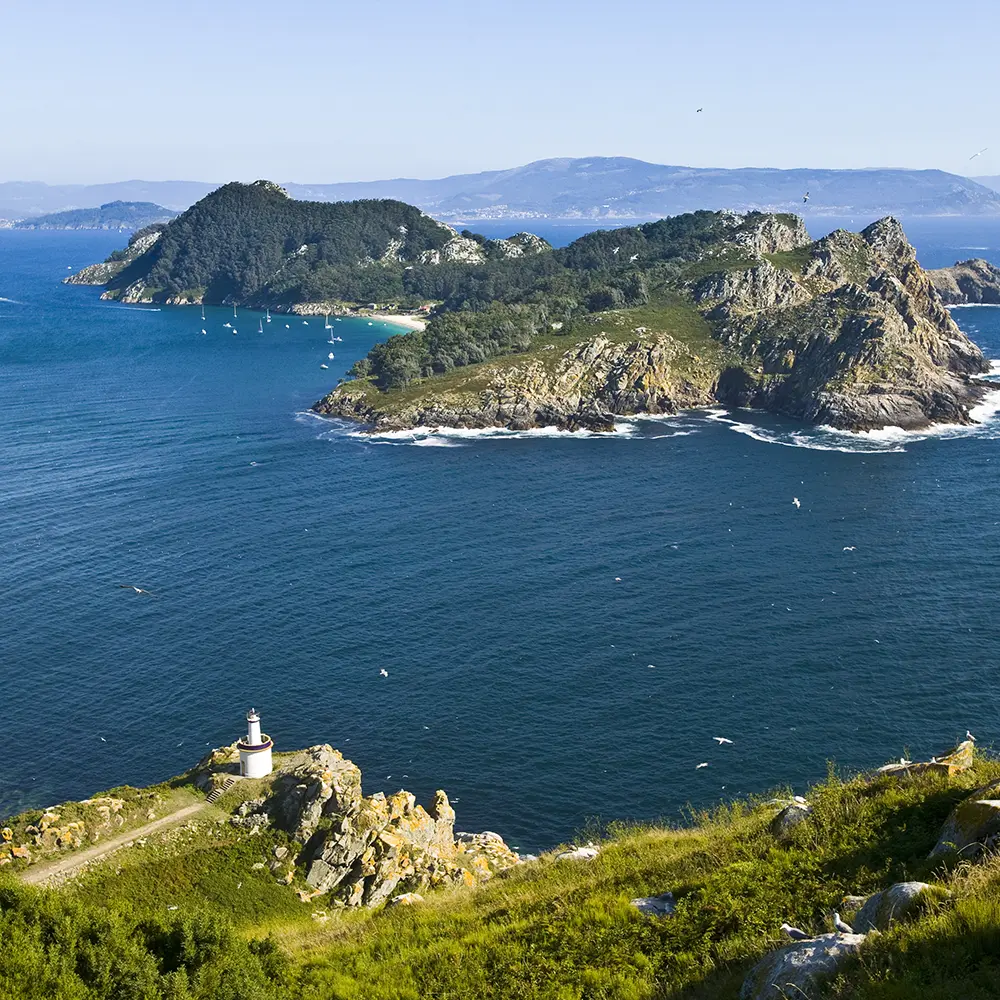
Baiona
A historic coastal town just south of Vigo, Baiona is an enchanting spot with a mix of old-world charm and seaside appeal – and a favourite overnight stop of ours. It was here that one of Columbus’s ships, the Pinta, first arrived with news of the New World. Baiona has a beautiful marina and we can explore the old town with its narrow, cobbled streets.
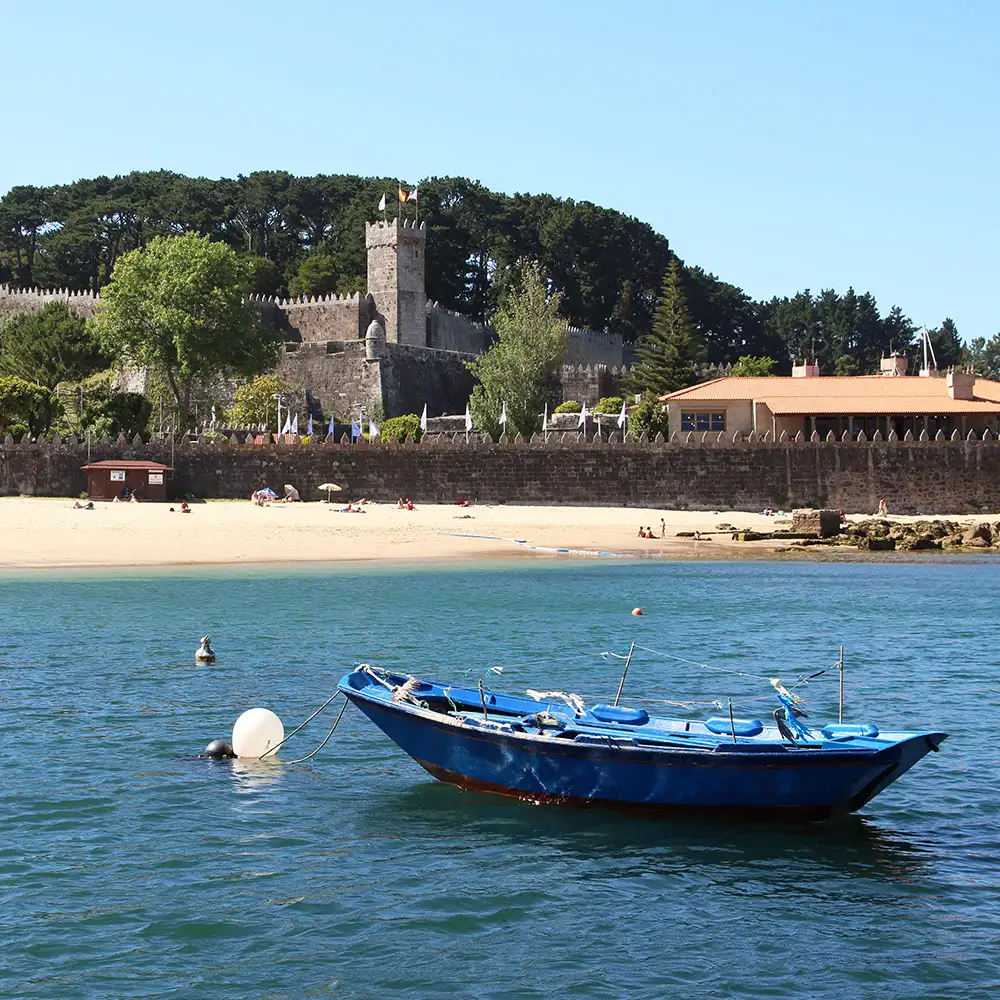
Ría de Aldán
A bit further from Vigo, the Ría de Aldán is another hidden gem with secluded anchorages, small fishing villages, and pristine beaches and is ideal for anchoring overnight. The surrounding landscape is stunning, with rolling hills and lush greenery.
Heading out to sea
It’s always dramatic as we finally head out into the Atlantic and see land disappear behind us. Life at sea quickly settles into a routine governed by the elements and the necessities of sailing. Each day is structured around watches, navigation checks, sail adjustments, and some boat maintenance. You’ll have day watches and night watches, when you will see star scapes unlike any you have ever seen before. When you’re not on watch, you can rest, read, gaze out over the endless horizons and spectacular sunrises and sunsets and immerse yourself in the experience of being out in the Atlantic Ocean.
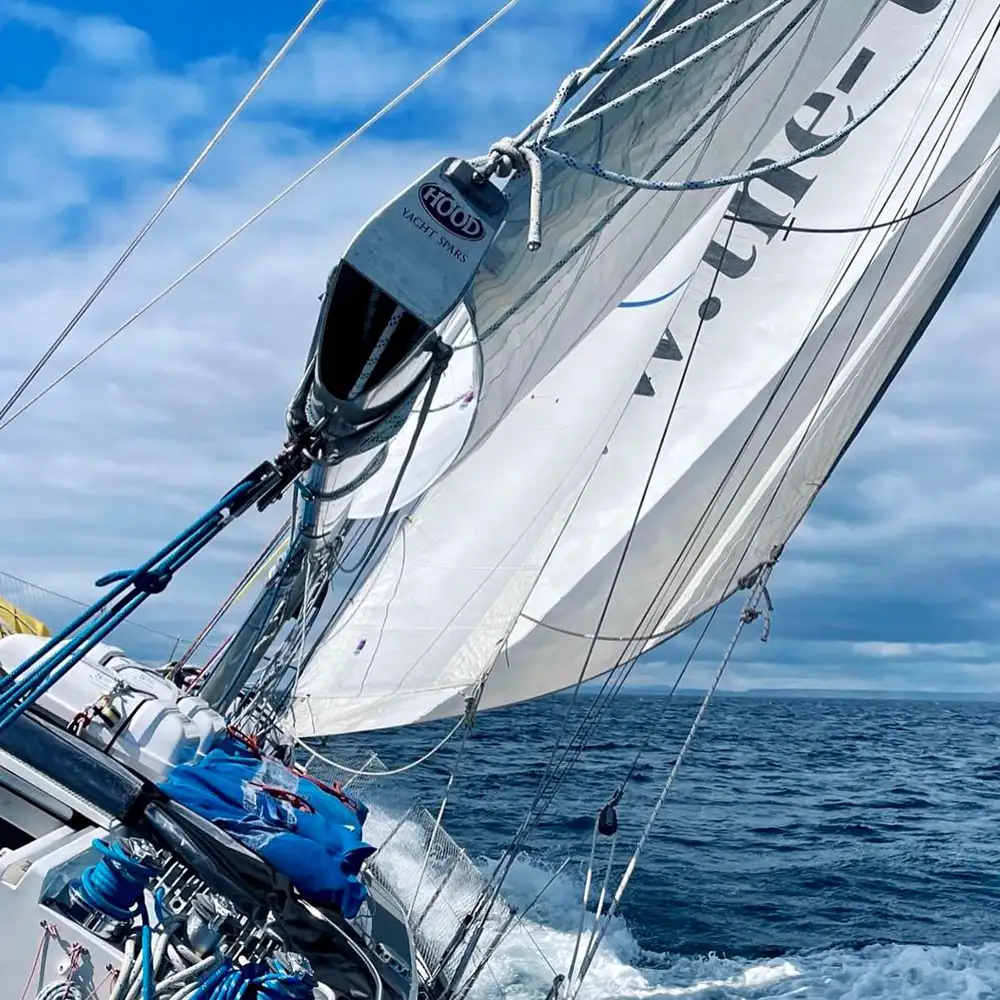
Helming and Navigation
Helming, or steering the boat, is a shared responsibility, with crew members taking turns to keep the yacht on course. Modern navigation aids complement traditional methods, ensuring the yacht remains on the best path across the Atlantic. GPS, chart plotters, and weather forecasting tools are used to make well informed decisions.
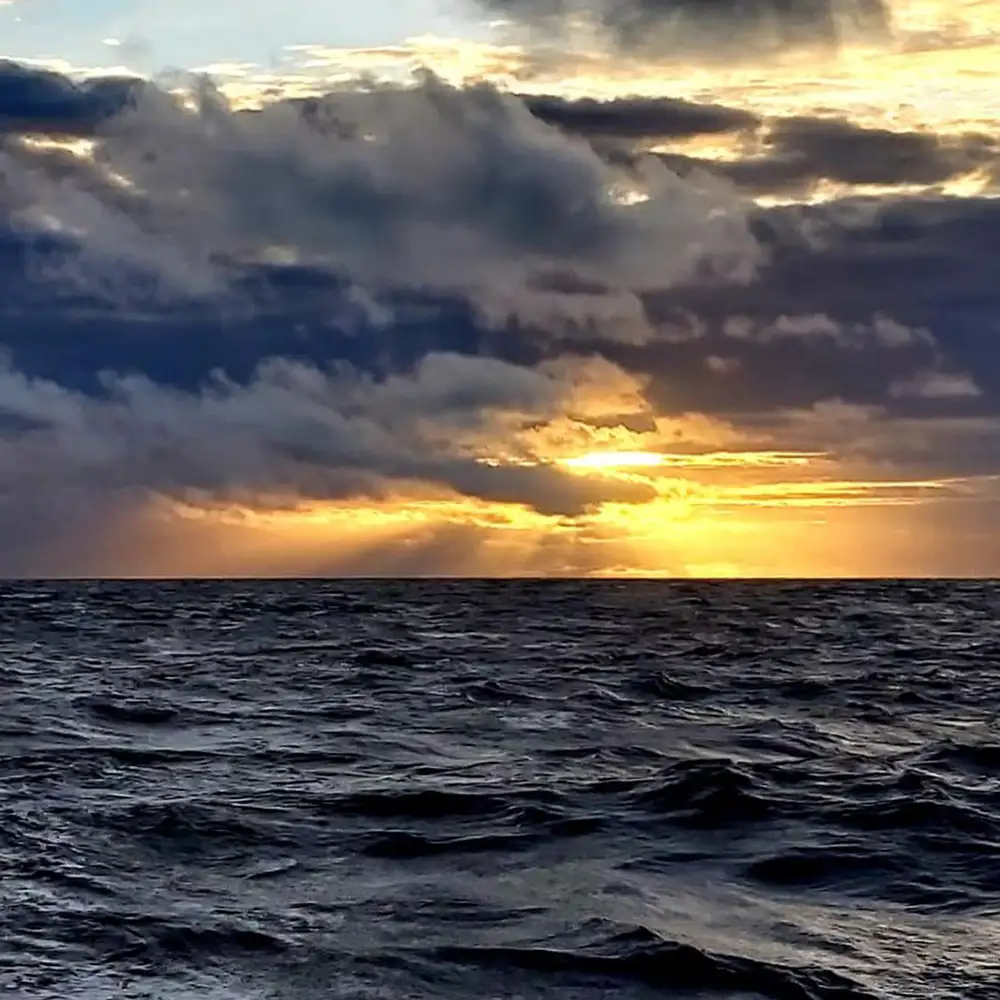
Trimming Sails and Keeping Watch
We need to keep moving as quickly and efficiently as we can, so trimming sails to suit the wind conditions is a constant task that requires attention and teamwork. Efficiency and speed depend on correctly setting the sails, a skill you will be honing with your ever-increasing experience and knowledge. Keeping watch always involves more than just watching for other vessels; it’s about monitoring weather changes and sea conditions and keeping us going fast and well.
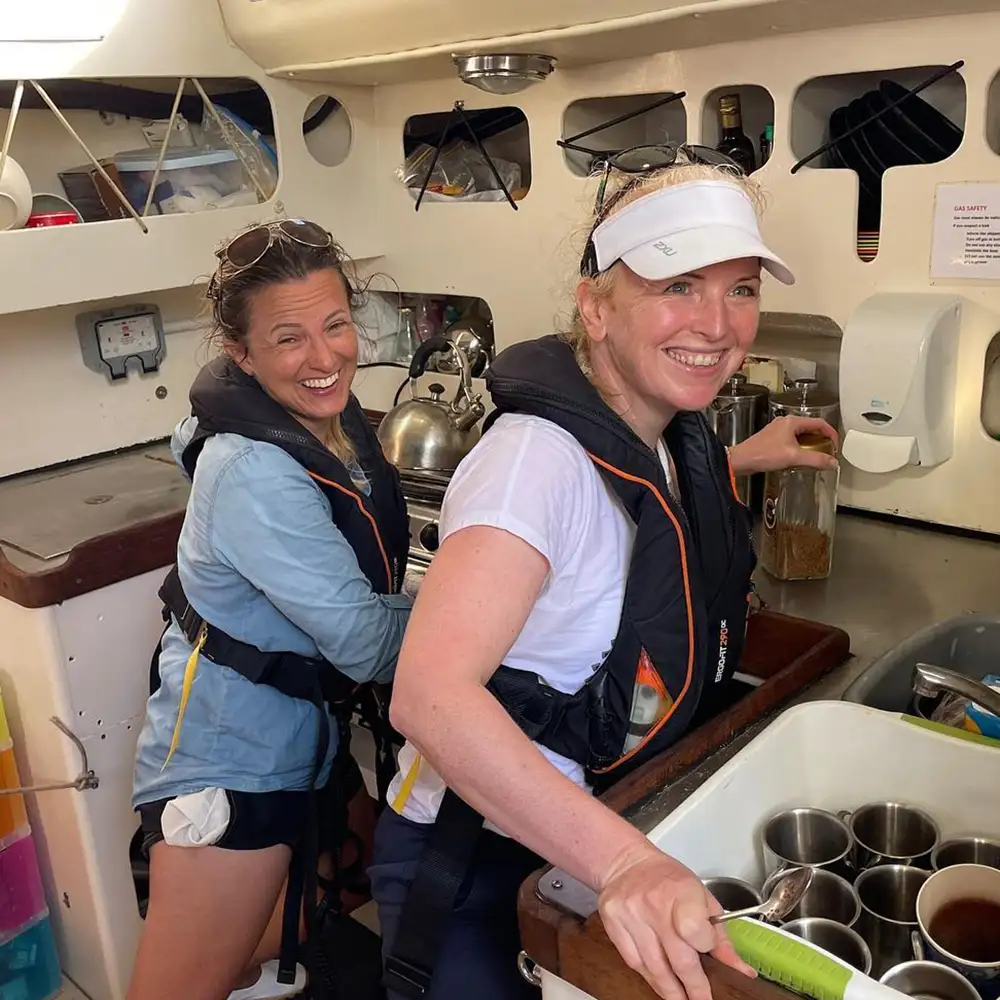
Cooking and Meals
Meals are always central events of the day, providing not just welcome food but a chance for all the crew to come together, chat and share experiences. Cooking at sea, in a confined and moving space, challenges crews to be creative with limited ingredients. It’s fun and becomes ever more fun to see what can be made with the remaining food.
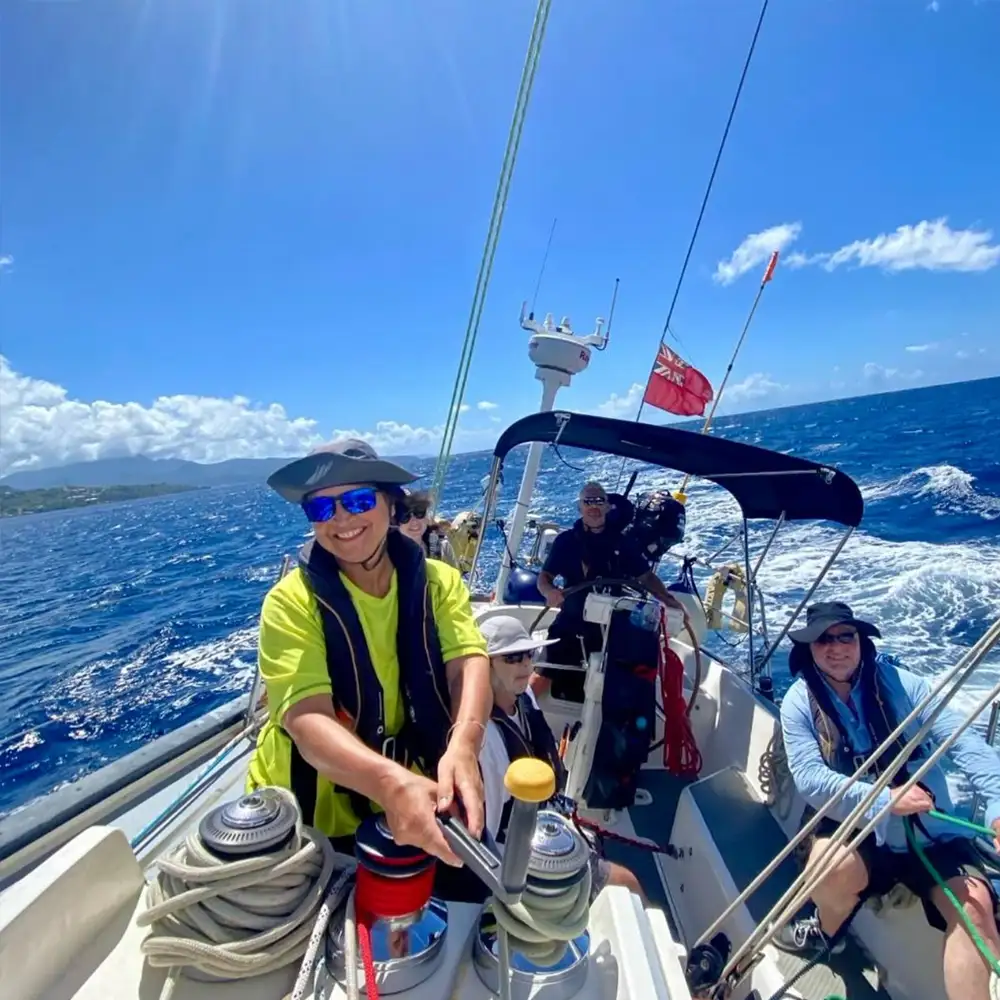
Relaxing and Leisure
Despite the demands of sailing, there is plenty of time for relaxation and introspection. The vastness of the ocean offers a unique backdrop for reading, contemplation, or simply enjoying the solitude and beauty of the ocean. Watching dolphins play in the bow wave or marveling at the unobstructed view of the stars at night are experiences that stay with sailors long after the crossing is over.
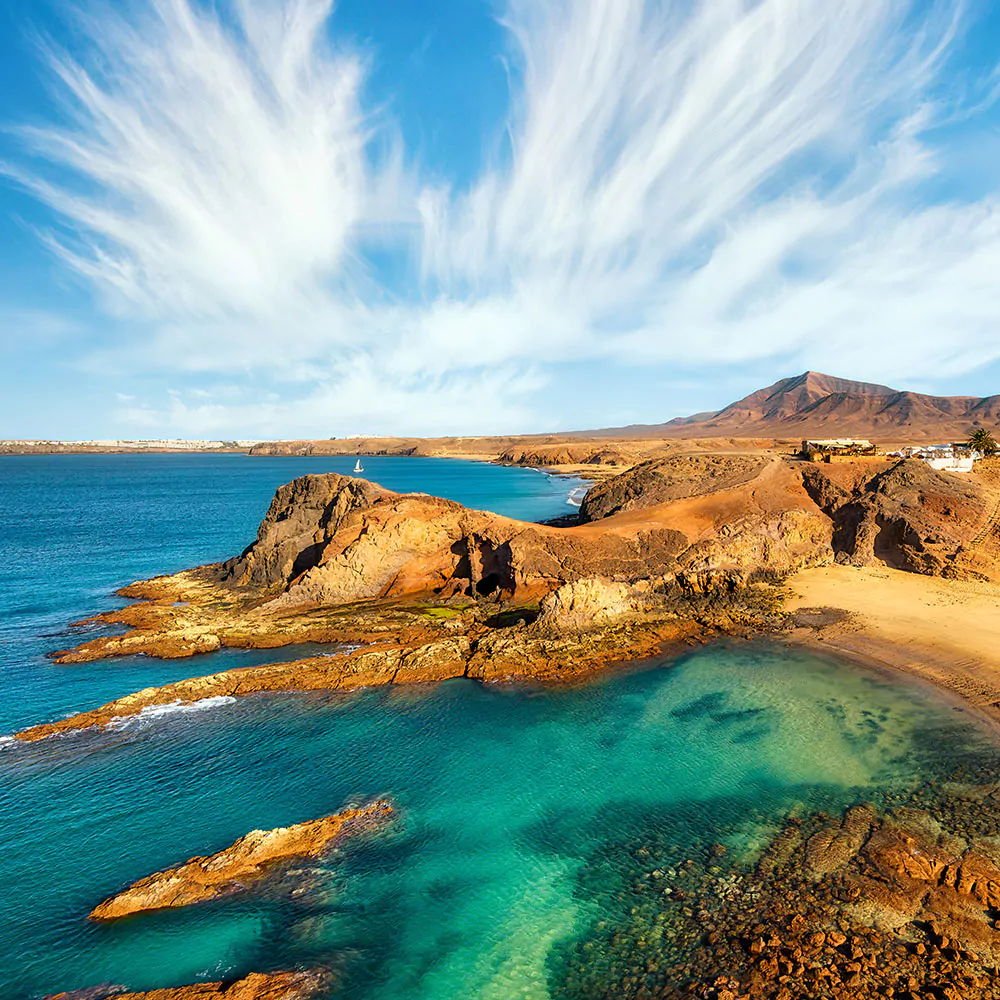
Lanzarote
If weather and timings allow, after 700 miles and around 5 days of sailing, we hope to make a stop in Lanzarote, one of the Canary Islands’ most captivating destinations. Known for its otherworldly volcanic landscapes and lively culture, Lanzarote offers a perfect contrast to the last few days at sea. Although a brief respite, it provides an ideal and fun opportunity to stretch your legs, sample local cuisine, and take in the striking beauty of this volcanic gem before we continue our voyage to Gran Canaria.
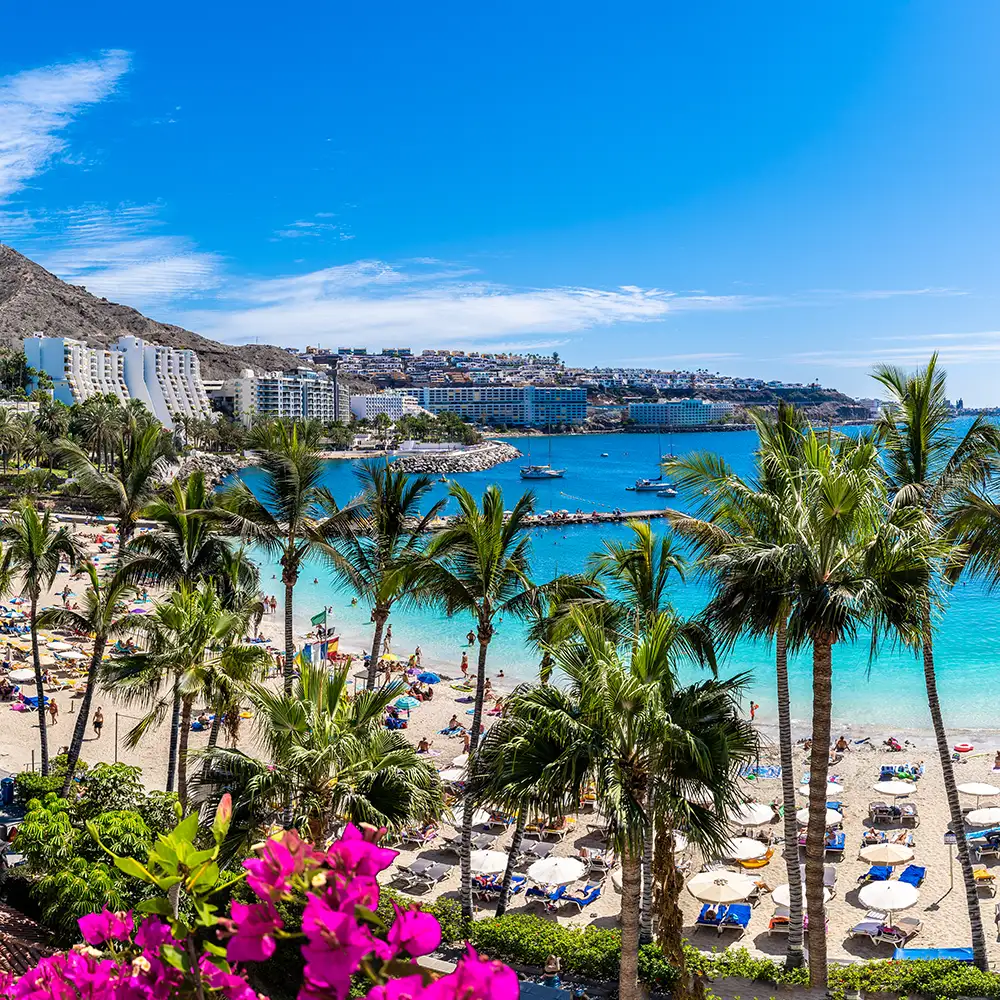
Gran Canaria
As we embark on the final 300-mile, two-day leg to Gran Canaria, there’s a tangible shift in the crew’s energy. Now experienced, confident, and fully immersed in the rhythm of the ocean, everyone is performing seamlessly, each task flowing effortlessly from helm to sail trim to watchkeeping. The sense of camaraderie and shared accomplishment fills the air, often along with a bittersweet feeling—sadness that the journey is nearing its end, yet excitement at the thought of reaching our destination. As the warm winds carry us toward the sun-drenched shores of Gran Canaria, the anticipation builds for our arrival, but we also savor these final moments at sea, knowing they are part of a voyage we will always remember.